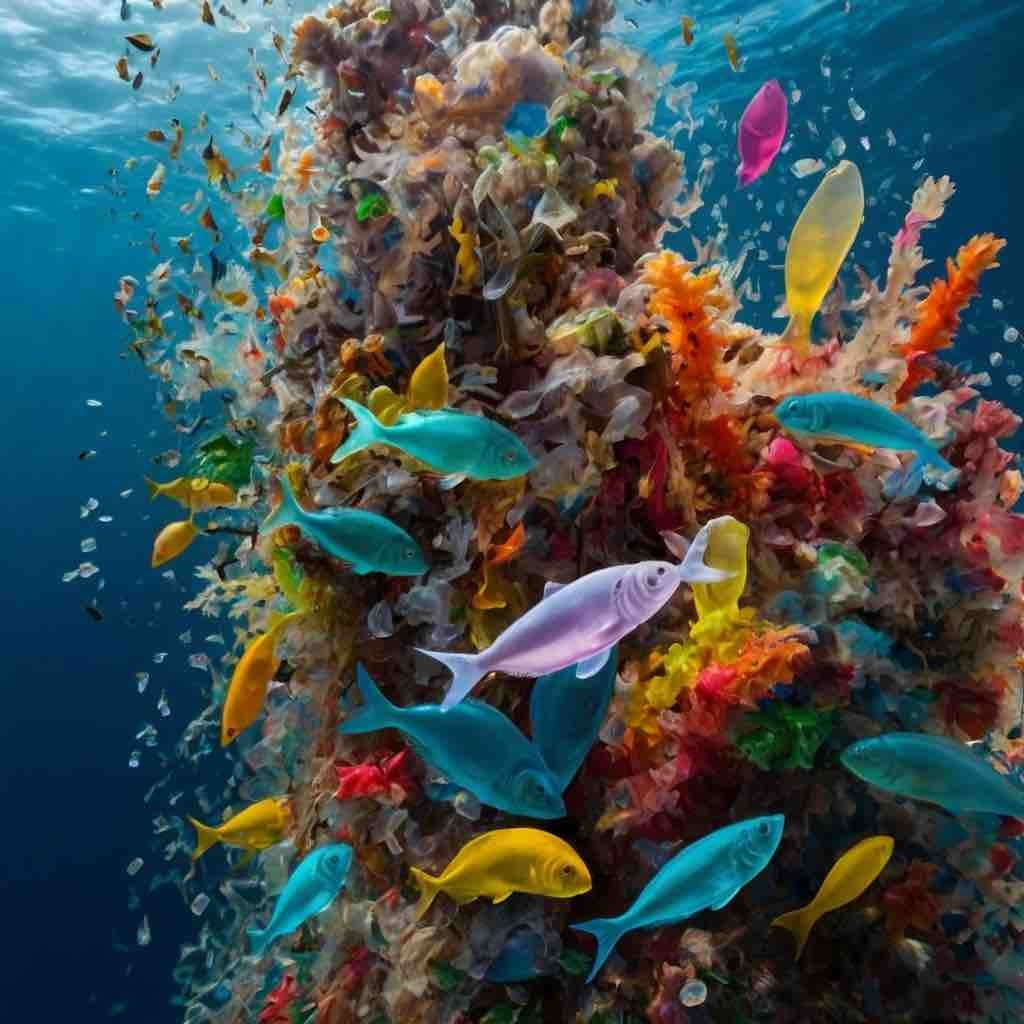
An urgent challenge for science and innovators
The age of plastic has arrived, succeeding the age of stone and bronzethe young Boyan Slat announced in 2012 during a TEDx conference. At the head of his own organization, The Cleaning the oceanHe introduced his innovation to the world Plastic debris recovery water, sparking a mixture of hope and doubt.
Since then, the sector has been enriched by many inventions, from high-tech waste traps to more modest projects. The difficulty of reducing the impact of plastic waste on marine life is causing many to rethink their strategy. Moreover, an October 2023 document released by the Environmental Investigation Agency revealed promising trends, but also paltry solutions given the scale of the disaster.
Amazing technologies versus disturbing reality
“Innovation attracts attention, and is a spectacle in itself.”says Isabelle Boitou, a specialist in marine litter. Although the ocean cleanup campaign has captured the public's imagination, it remains realistic about the true effectiveness of such approaches, suggesting that it may be wise to invest in the root causes of the problem.
“When we consider that 80% of the plastic in the sea comes from land, wouldn’t it be better to focus our resources where the pollution starts? However, I must admit that the results obtained by the Ocean Cleanup campaign are amazing,” she says. .
In the face of the sheer scale of the problem, projects like Yvan Bourignon's Manta are ambitious Factory ship It is moving slowly and facing significant delays, partly due to the ongoing search for funds and the logistical complexity of these arrangements.
Prevention rather than treatment
However, the optimism is not lost. Many initiatives, such as those implemented in Indonesia before Sea cleaners or ocean cleaningfocusing on less flashy but potentially more impactful applications, aims to prevent plastic waste from entering ocean waters from rivers.
However, according to the OECD, the total amount of plastic waste could be as well Triple by 2060 If no drastic action is taken. According to Roberto Casati, a philosopher and expert on environmental issues, the scale of the challenge is so great that “using currently available waste collection technologies would be like trying to clean the Champs-Élysées with a small hand-held vacuum cleaner after the Bastille Day parade.” .
To effectively combat this problem, voices are raised to: Demand more radical measuresespecially with regard to reducing the consumption of plastic itself.
The EIA argues that many cleanup techniques are more symbolic than effective and risk distracting from the fundamental need for source reduction.
Local and economically viable programmes
Movements such as Plastic Odyssey suggest another approach, focusing on working with local communities to develop marine plastic waste management systems that are sustainable and provide economic value. This is an attempt to find basic solutions that require political support and community participation.
“The belief that we can simply ‘clean up’ the oceans is a lie,” says Simon Bernard, project manager at Plastic Odyssey. “We must combine our actions with real policy measures to reduce plastic overproduction.”

“Organizer. Social media geek. General communicator. Bacon scholar. Proud pop culture trailblazer.”
